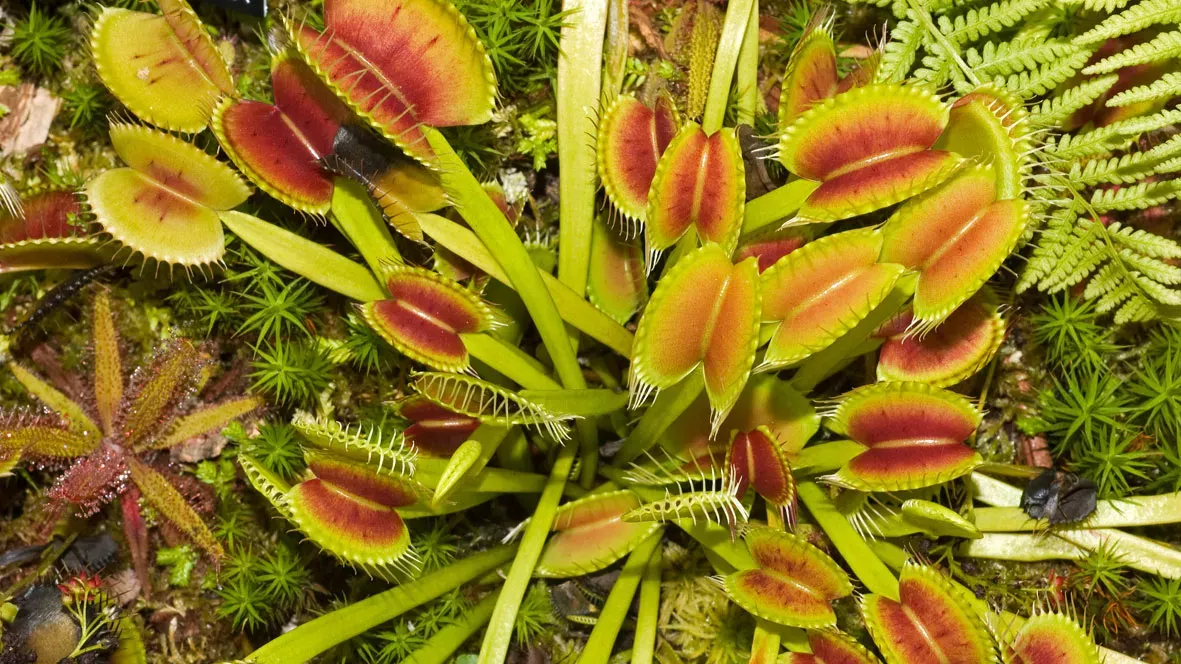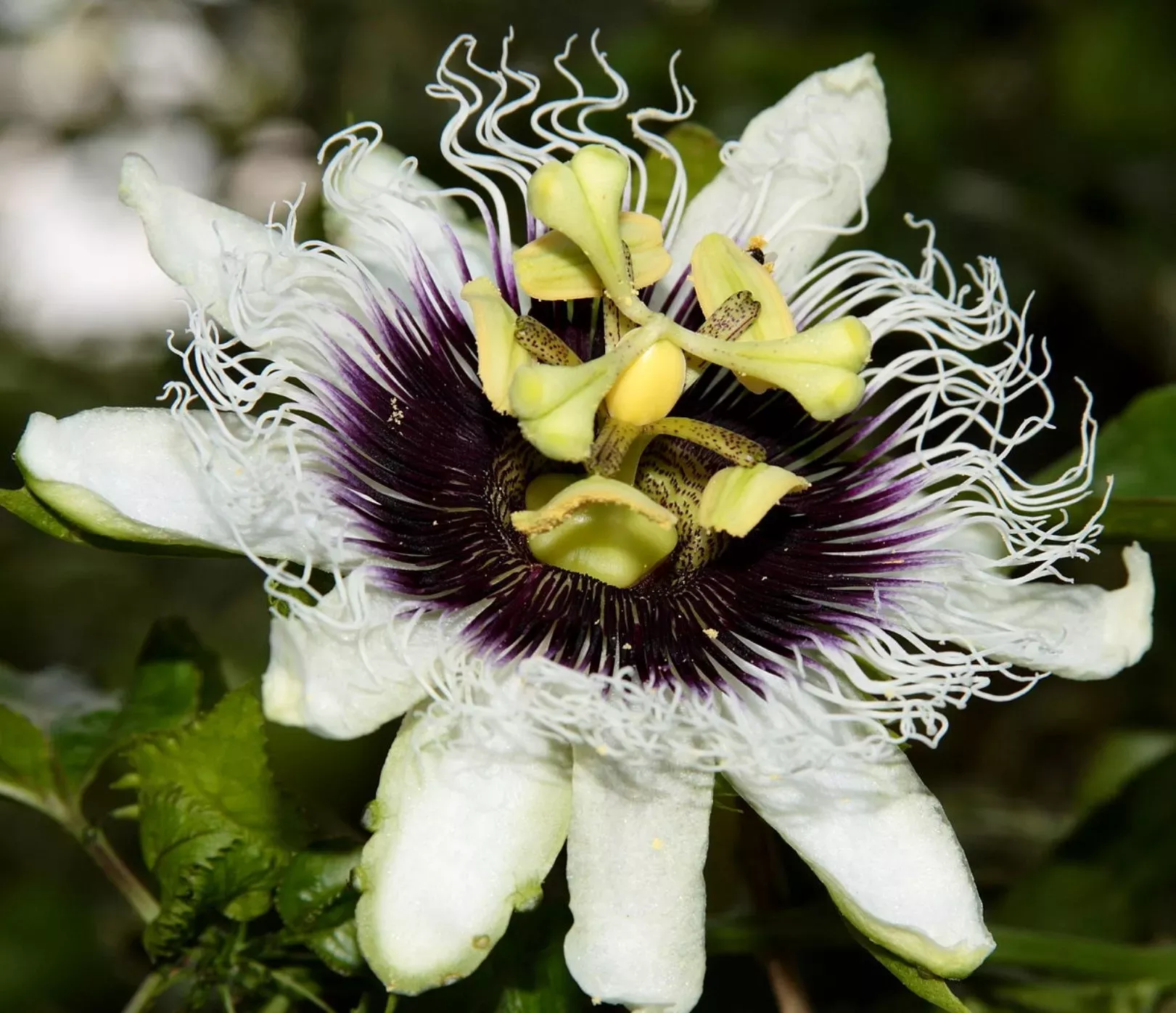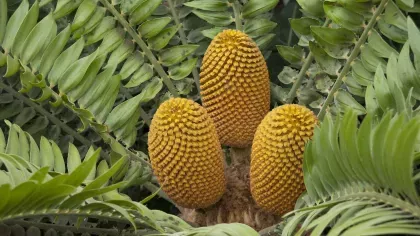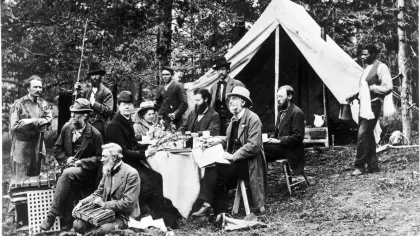13 August 2020
5 species that need saving right now
Extinction is happening at an unprecedented rate affecting rare and familiar plants around the world.

The world has never seen an extinction rate like the one we are experiencing right now.
One in five species are at risk of disappearing forever because of climate change, land exploitation and clearance, pests and diseases and pollution.
In many cases, it’s a race against time to try and find the plants that are the most at risk and put conservation plans in place to keep them safe.
That might mean banking their seeds in the Millennium Seed Bank or working with governments to establish protection measures that conserve their country’s natural beauty.
Seed banking is the best insurance policy we have at RBG Kew.
By collecting and storing seeds in special sub-zero underground chambers, we ‘bank’ them for the future. When the time comes, we can germinate and reintroduce the plants back to the wild.
5 plants in need of protection
Some of the plants we’ve banked are incredibly rare – but some are household names too. We need to protect all life on Earth in the fight against biodiversity loss.
1. Venus Fly Trap (Dionaea muscipula)
This snappy plant has adapted a nifty way of trapping food having adapted to living in nutrient-poor environments.
When an unsuspecting insect lands on the plant, they trigger small hairs on the inner part of the leaves which causes them to snap shut, squishing the insect before digesting it.
Found only on the East Coast of the United States, these infamous plants are vulnerable to extinction as they often get poached or face habitat loss.

2. Chamomile (Chamaemelum nobile)
Your relaxing herbal tea is derived from this daisy-like plant that grows in grasslands around the UK, as well as parts of North Africa and the Caucasus.
When crushed, the plant smells like apples – hence its name coming from the Greek for ‘earth-apple’.
Chamomile populations have dramatically declined after cattle and ponies stopped grazing the land, leading to a shortage of vital short grass that this plant needs to grow in.

3. Meadow clary (Salvia pratensis)
This striking blue-petalled plant is a rare sight in the UK; in fact, you will only find them in a handful of places in the south of the country.
Ploughing and re-seeding of grassland and livestock grazing has caused this plant to lose out to others that win the fight for survival.
It’s illegal in the UK to pick or destroy – or even sell – wild meadow clary. There are now 21 collections in the Millennium Seed Bank to keep it safe for the future.

4. Blue ridge huckleberry (Gaylussacia orocola)
These blueberry-esque plants provide juicy fruits for animals and birds.
This plant is incredibly rare, and only found in North Carolina. It faces significant habitat loss making it critically threatened.
Over 2,000 seeds are stored at the North Carolina Botanical Gardens to save the species.

5. Morrisby’s gum (Eucalyptus morrisbyi)
This tree is running out of time.
It only grows in two locations in the wild and may go extinct imminently as land clearing increases and fire frequencies change.
Plants like this have over 100 million years of evolution helping them to adapt to dry, fire-prone environments. They can survive wildfires and the burning triggers the release of their seeds. Fire can be part of their survival - but their bark and oils are highly flammable, also contributing to devastating forest fires.
We’ve banked the seeds and have Morrisby’s gum growing in Wakehurst and Kew Gardens.

Save 20 in 2020
The Herbal Essences bio:renew ‘Save 20 in 2020’ campaign aims to save 20 endemic plant species in five countries around the world. In an innovative partnership with Proctor & Gamble, the Royal Botanic Gardens, Kew is supporting the campaign to highlight the global threats to plant biodiversity.



